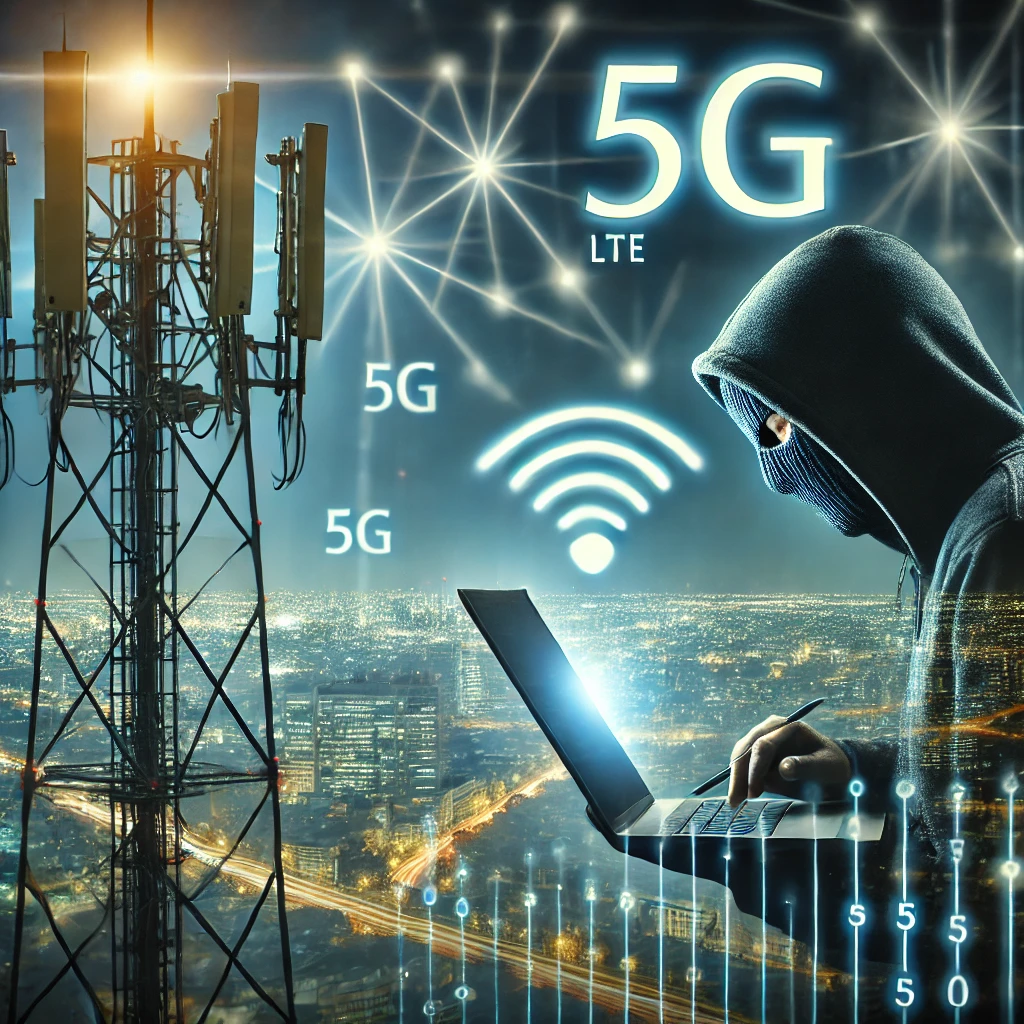Vulnerabilities in LTE and 5G: A Security Risk Analysis
The transition from LTE (Long-Term Evolution) to 5G (Fifth Generation) networks has brought remarkable advancements in speed, connectivity, and efficiency. However, these improvements have also introduced a range of security vulnerabilities that can compromise network integrity, user privacy, and critical infrastructure.
Emerging Security Threats in LTE and 5G
Recent research has uncovered significant security flaws within LTE and 5G network implementations. Many of these vulnerabilities exist in open-source 5G software stacks, which are widely used for testing and development. The primary risks include:
- Disruption of cellular communications, affecting calls, messages, and data access on a large scale.
- Unauthorized access to core network components, allowing attackers to track user locations and intercept data.
- Exploitation of base stations to launch targeted attacks on network subscribers.
Root Causes of LTE and 5G Vulnerabilities
The security flaws in LTE and 5G networks largely stem from software implementation errors and protocol design weaknesses. Common issues include:
- Buffer Overflows: Poor memory management in network functions can allow attackers to crash or manipulate systems.
- Weak Authentication: Certain network elements lack robust authentication, making it easier for adversaries to gain unauthorized access.
- Backward Compatibility Issues: 5G networks still rely on LTE infrastructure, inheriting vulnerabilities from older systems.
- Supply Chain Risks: Untrusted hardware and software components can introduce security gaps that adversaries may exploit.
Implications for Network Security
The vulnerabilities present in LTE and 5G networks have far-reaching consequences. Potential attack vectors include:
- Denial-of-Service (DoS) Attacks: Attackers can overload network components, rendering services unavailable.
- Man-in-the-Middle (MitM) Attacks: Cybercriminals can intercept and manipulate communications between users and network infrastructure.
- Location Tracking: Exploiting network weaknesses can allow attackers to track the real-time locations of mobile users.
- Data Exfiltration: Malicious actors can siphon off sensitive user data by infiltrating vulnerable network segments.
Mitigation Strategies
To reduce security risks in LTE and 5G networks, stakeholders must adopt a proactive security approach. Key mitigation measures include:
- Regular security audits and penetration testing to identify and fix vulnerabilities.
- Strengthening authentication and encryption mechanisms to prevent unauthorized access.
- Implementing real-time monitoring to detect and mitigate potential threats early.
- Enhancing supply chain security to prevent tampered or untrusted components from entering the network.
- Encouraging multi-vendor solutions to reduce dependency on proprietary, potentially vulnerable network elements.
Conclusion
While 5G networks promise enhanced speed and connectivity, they also introduce new security challenges that cannot be ignored. Addressing these vulnerabilities requires a collaborative effort between network operators, hardware manufacturers, and regulatory bodies. By implementing robust security practices and continuously monitoring for threats, the telecom industry can work towards securing the next generation of mobile communication.

